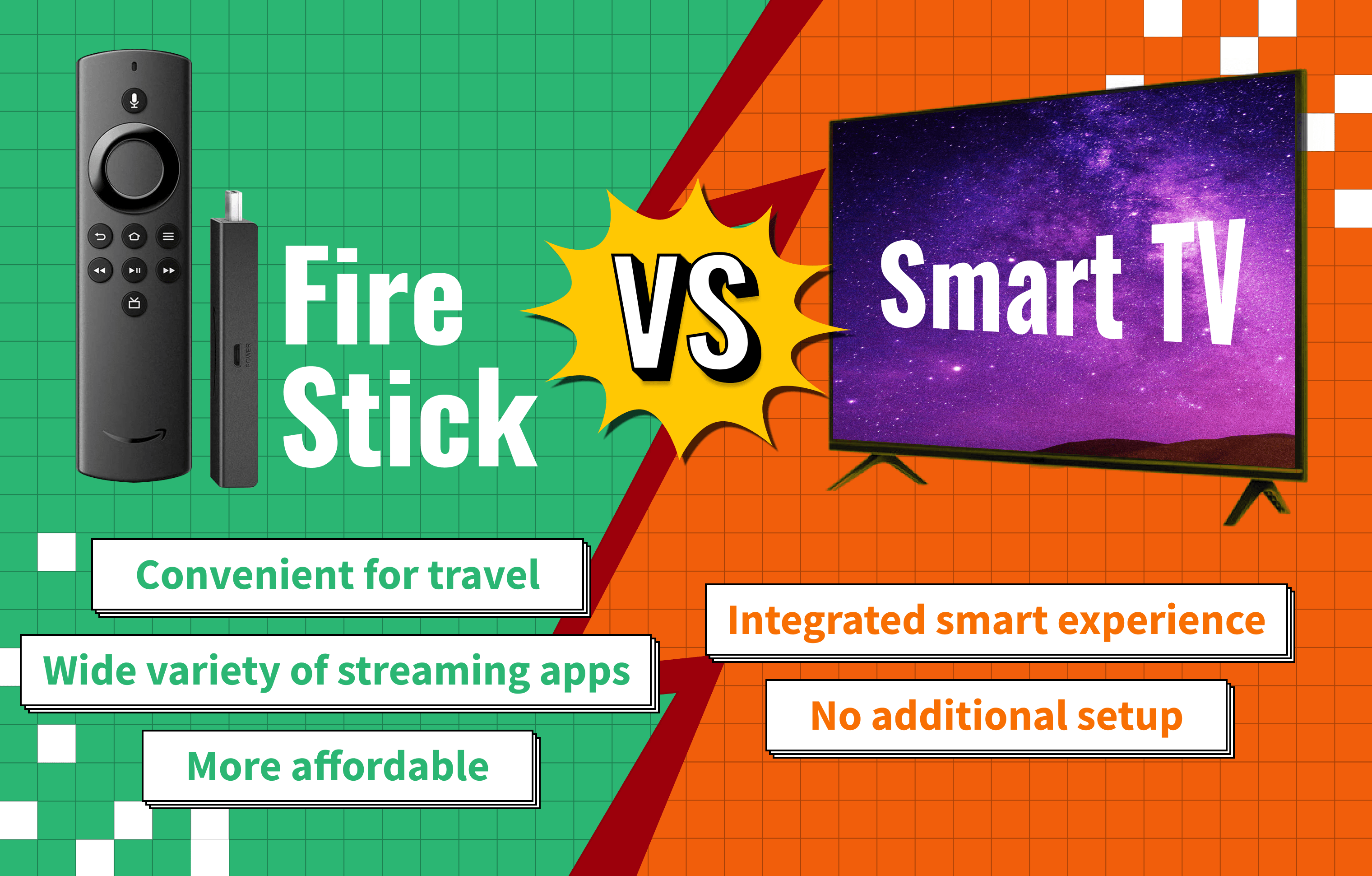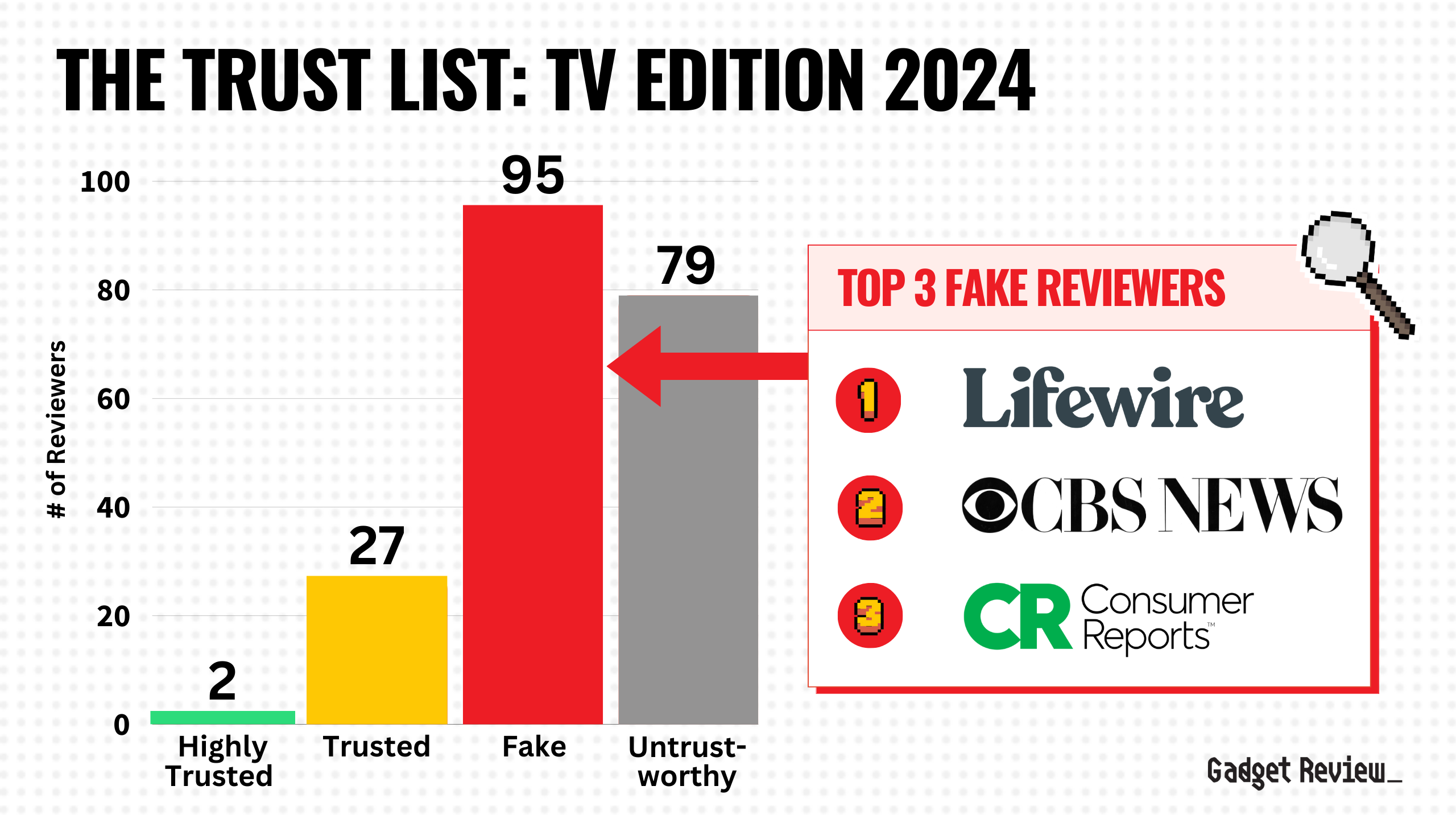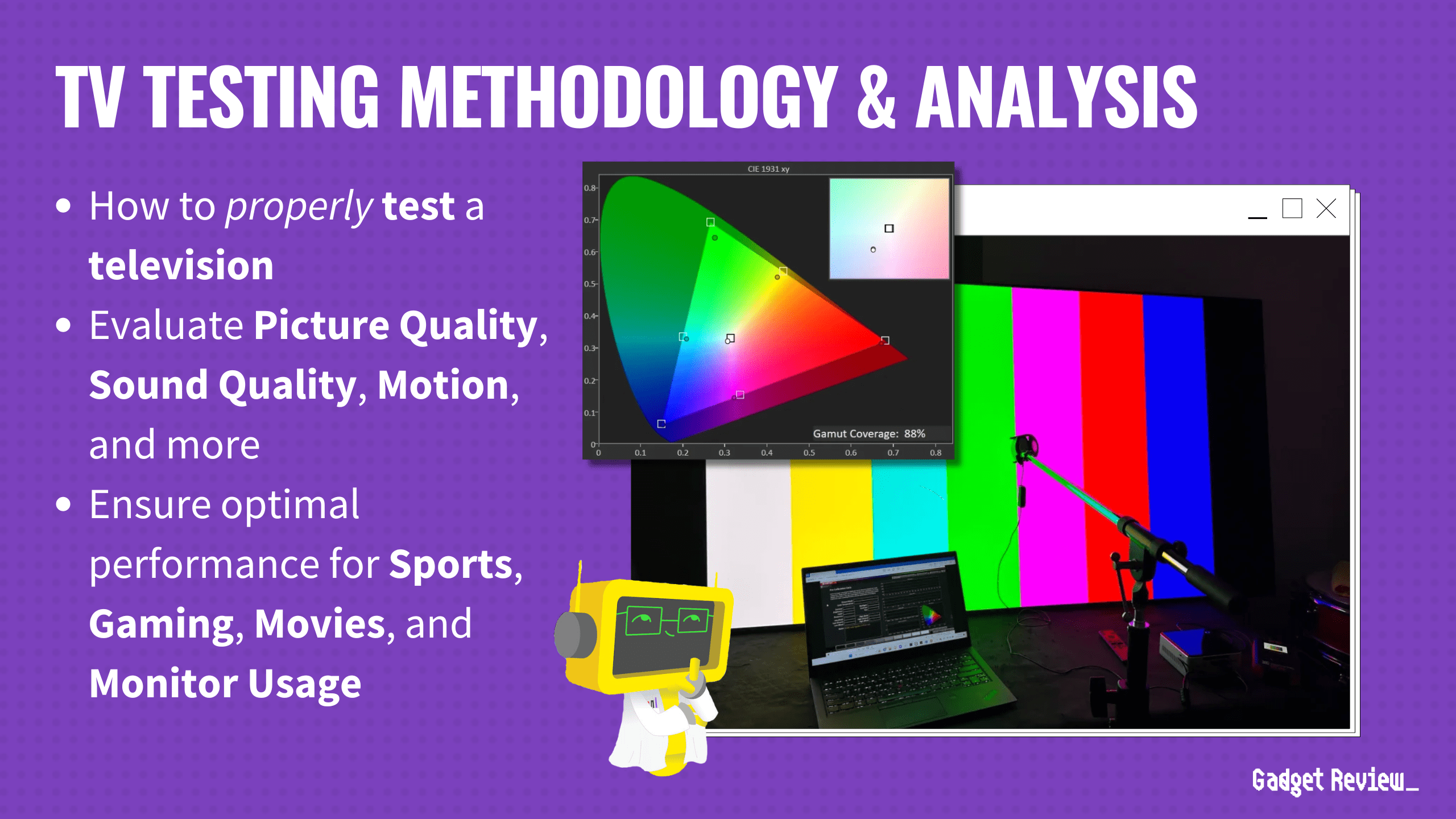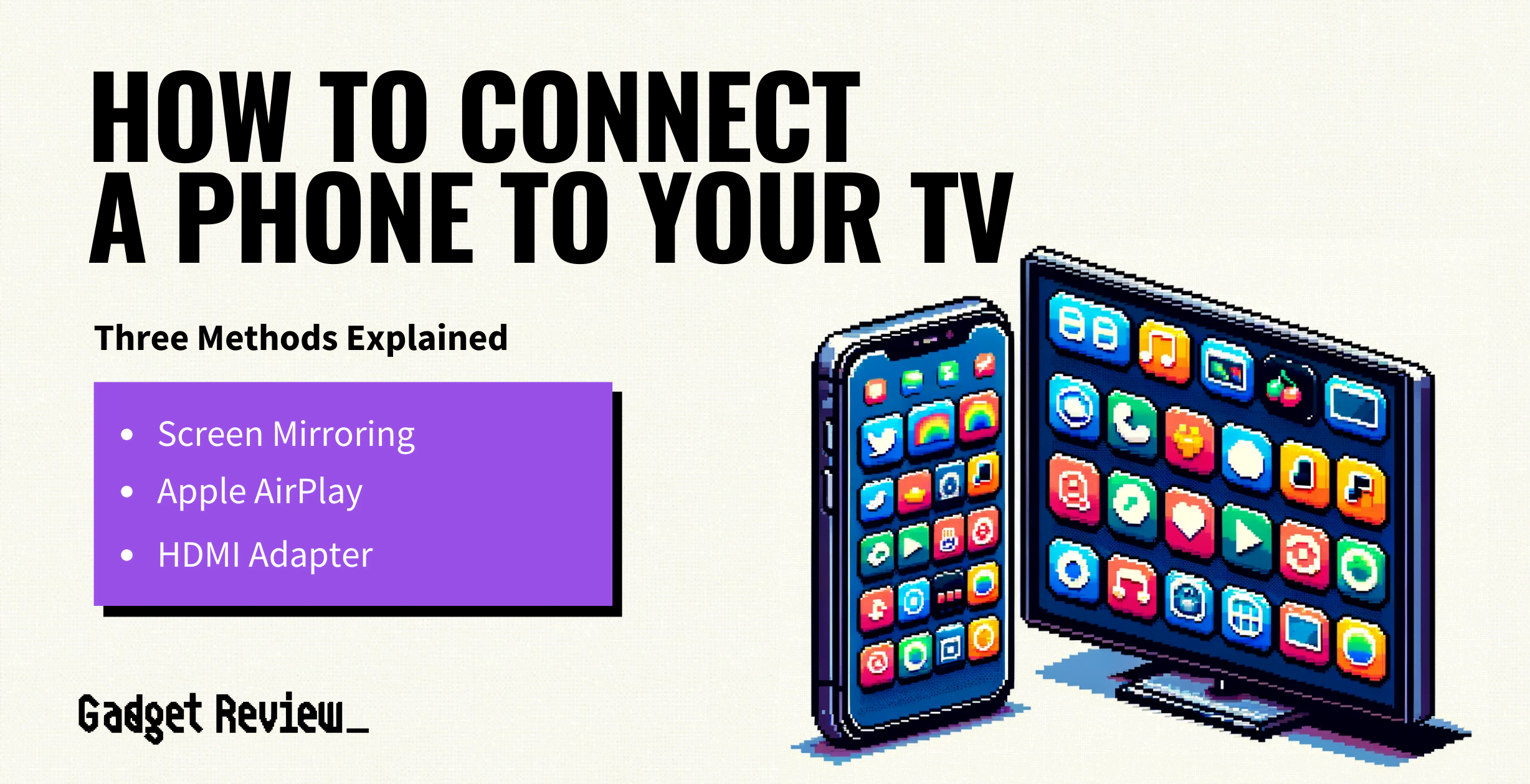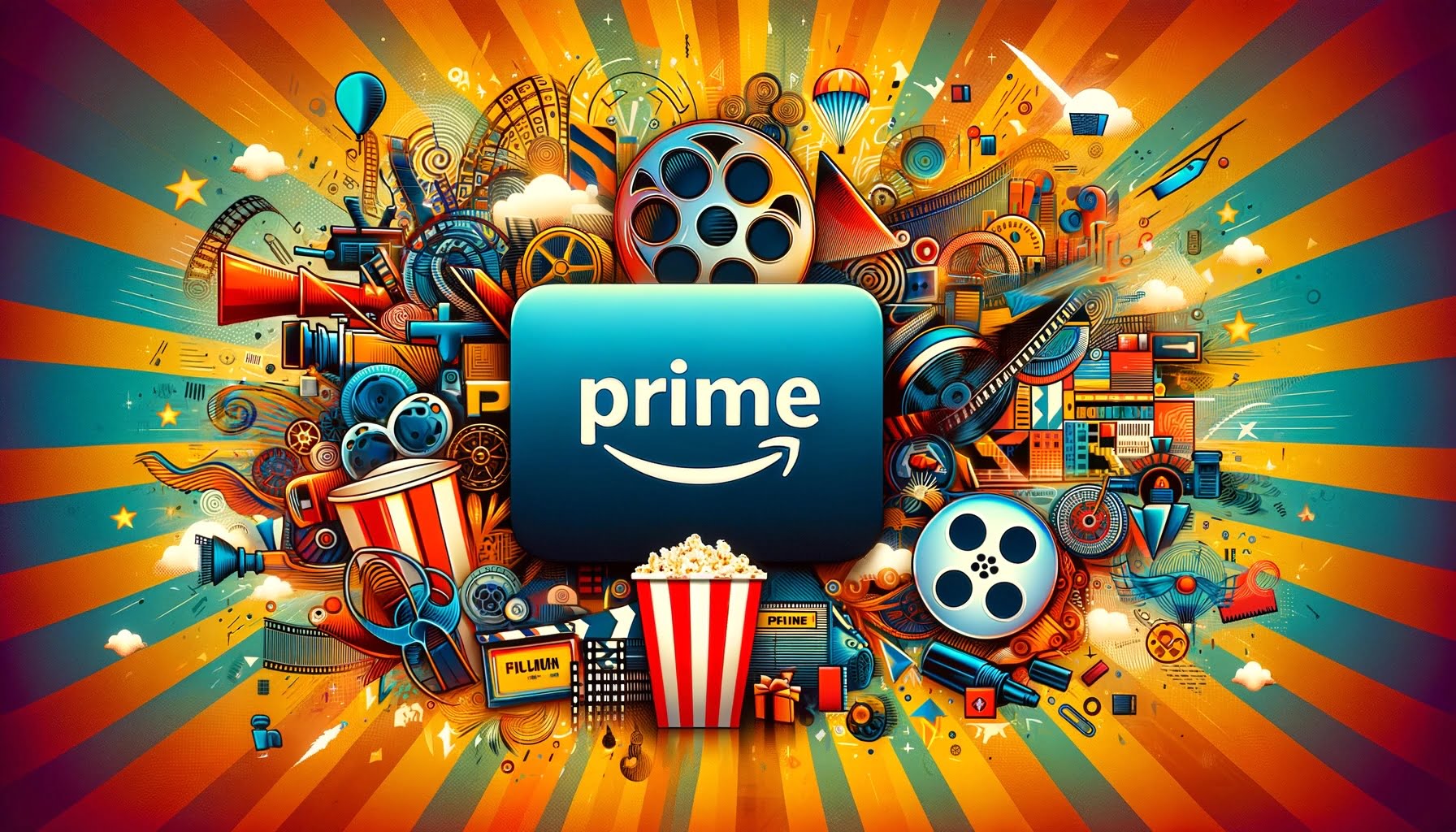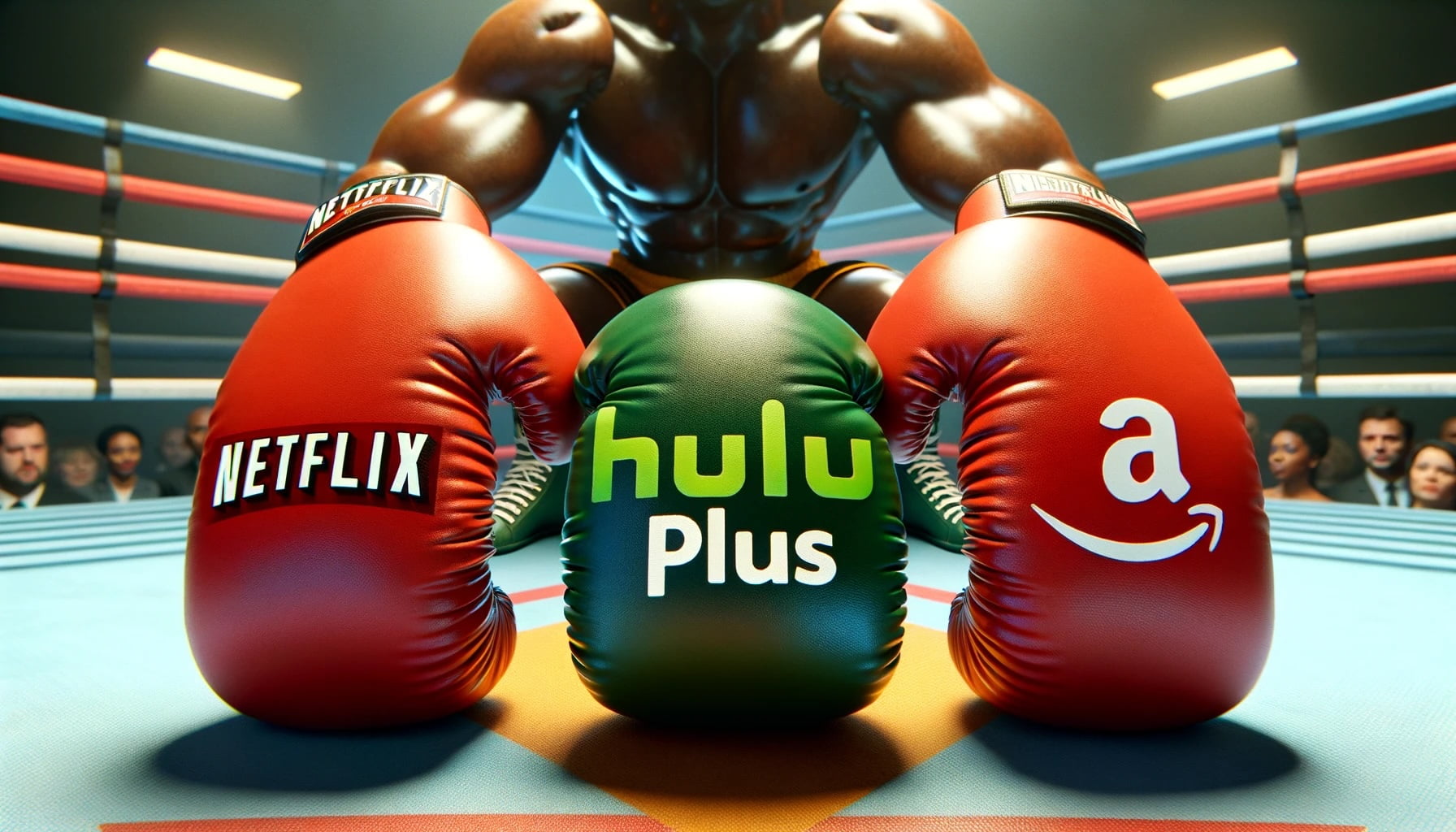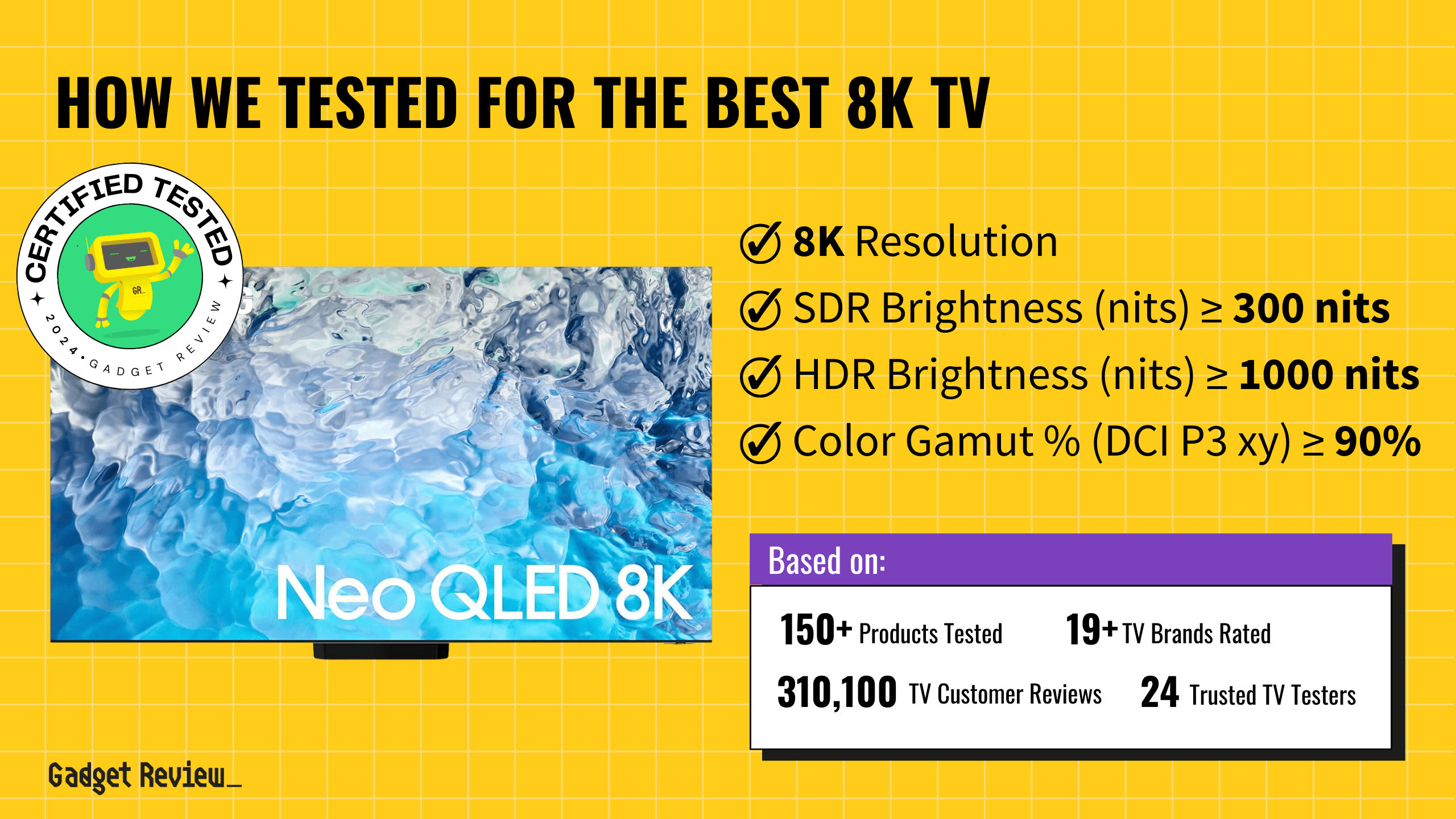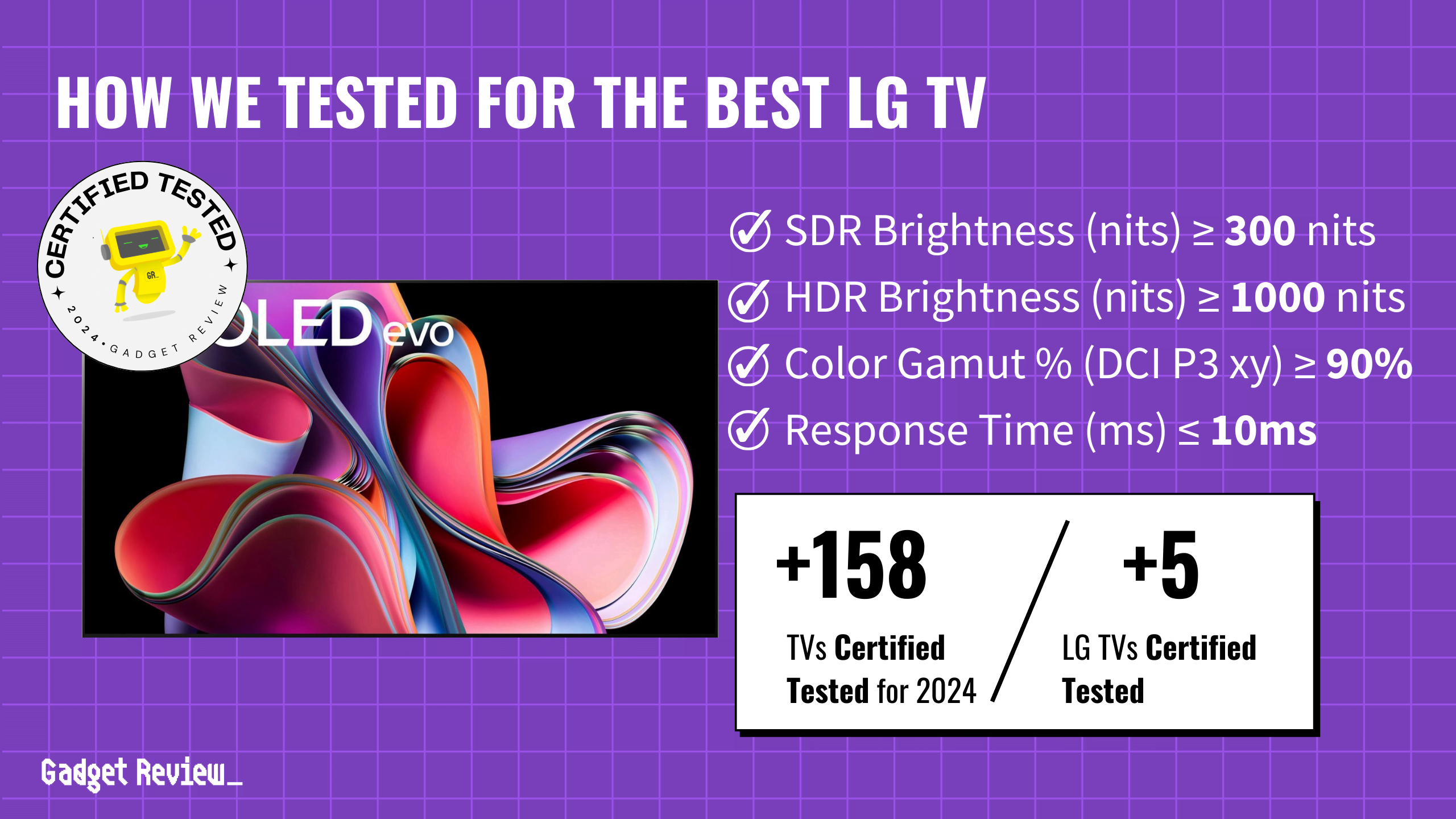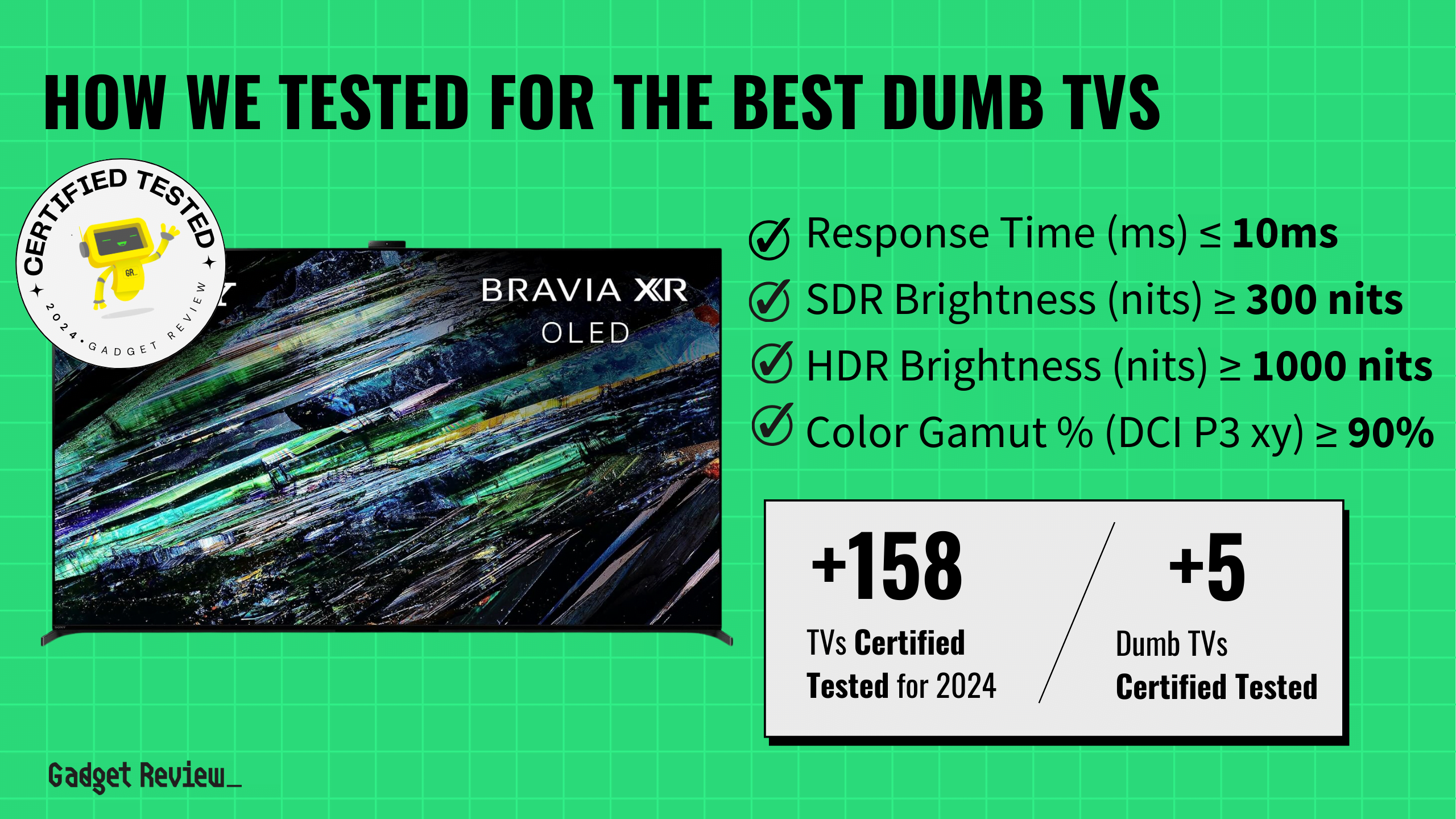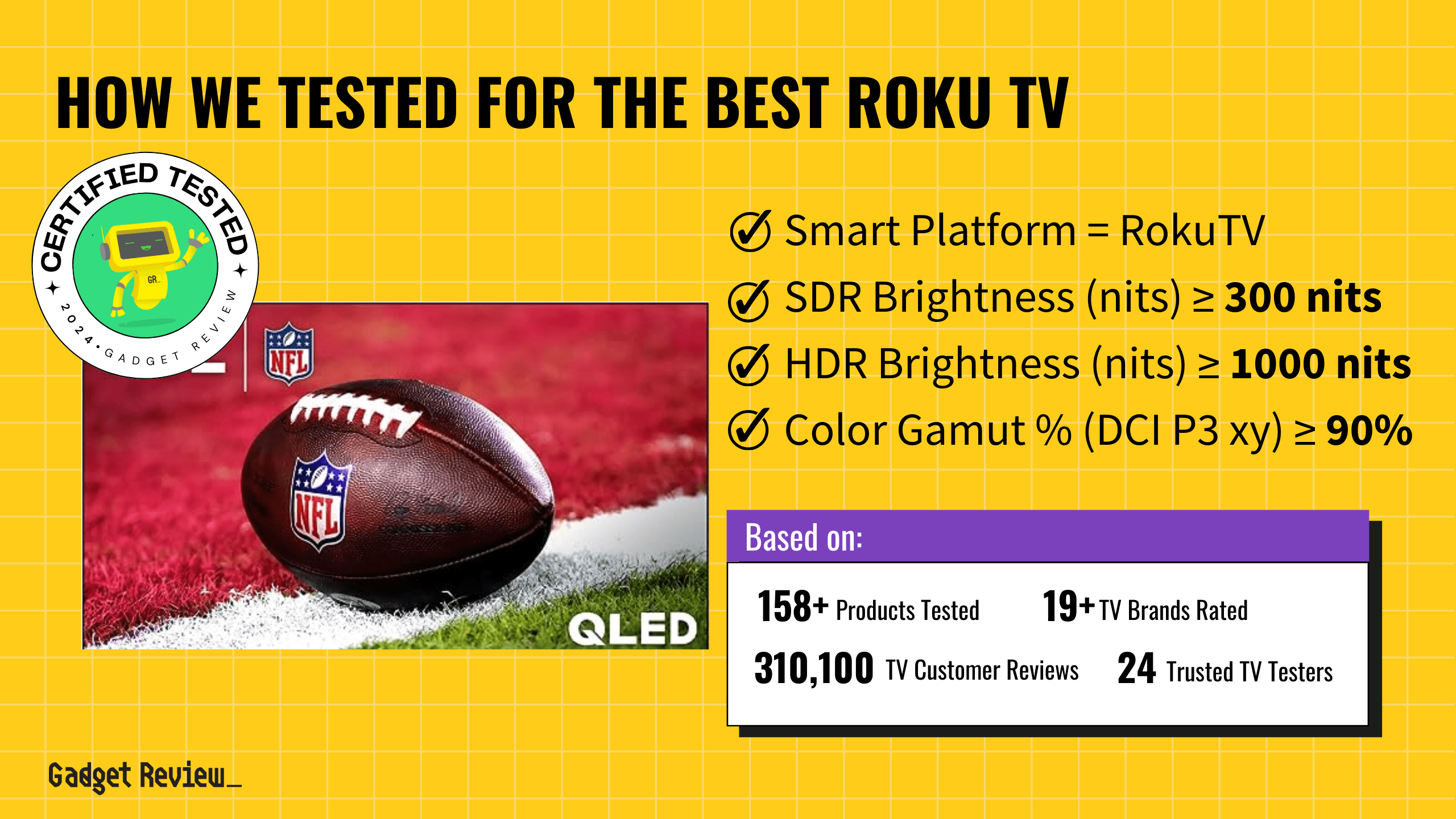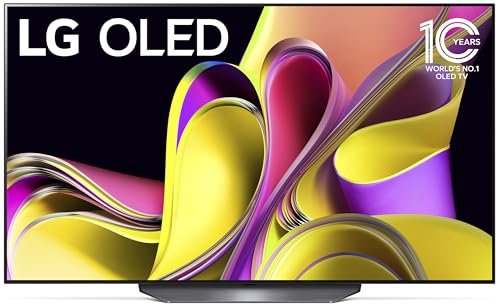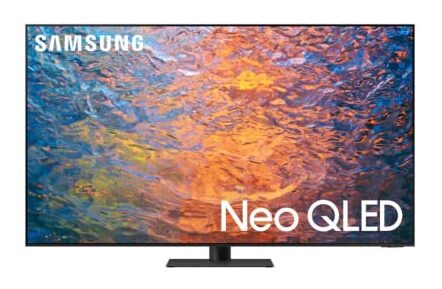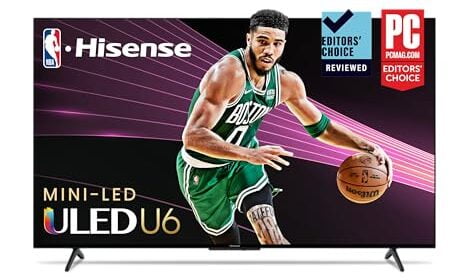While both smart TVs and Fire Sticks are devices that let you access applications and streaming content on your TV, they differ in how they accomplish this task.
Fire sticks are portable dongles that plug into one of your TV’s HDMI ports, while a smart TV has this functionality built-in. Both options require an internet connection.
Smart TVs are some of the best TVs available today, and these televisions and Fire Sticks make watching your favorite shows and movies easier than ever before.
Key Takeaways_
- Fire Sticks are portable, inexpensive, and versatile.
- Smart TVs require no extra setup (besides connecting to the internet) for streaming and have more features out of the box
- Fire Sticks have a wider variety of apps available, whereas not every Smart TV can use every streaming app available
While some people may wonder what is a smart TV, most will know the differences between regular TVs vs smart TVs. Smart TVs allow for out-of-the-box streaming and no setup, but depending on the model may offer fewer streaming options and apps.
Smart TVs and streaming devices like the Fire Stick are also great ways to watch TV without a cable subscription. Also, it should be noted that TVs with Smart technology will come at higher price points than those without them.
Is A Smart TV or Fire Stick Better?
Deciding on which of these options is better is based on your needs and budget.
If you have a regular TV you love but want to be able to use apps, a Fire Stick makes the most sense for you. However, if you are in the market for a new TV, you may want to consider a Smart TV.
While both options allow you to stream content or use apps for movies and the like, the way they get the job done is a little different.
- Amazon Fire Stick is a dongle purchased separately from the television to add Wi-Fi connectivity and streaming ability to the TV.
- A Smart TV has Wi-Fi connectivity and streaming apps built-in.
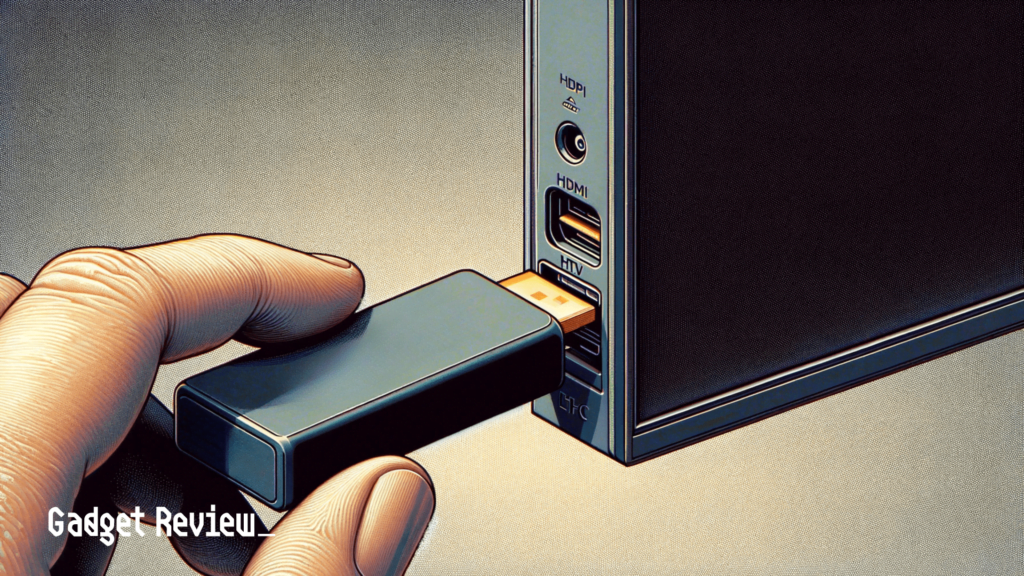
Both options require an internet connection to stream content. However, Smart TVs usually have the option of an ethernet connection as well.
That said, both options have many pros and cons, especially in terms of cost, convenience, and portability.
insider tip
You can use Fire Sticks with Smart TVs to extend the TV’s capabilities, such as if the model in question isn’t able to access a particular streaming service.
Smart TV and Fire Stick Comparison
Check out the table below for a side-by-side comparison of the features of smart TVs and Fire Sticks.
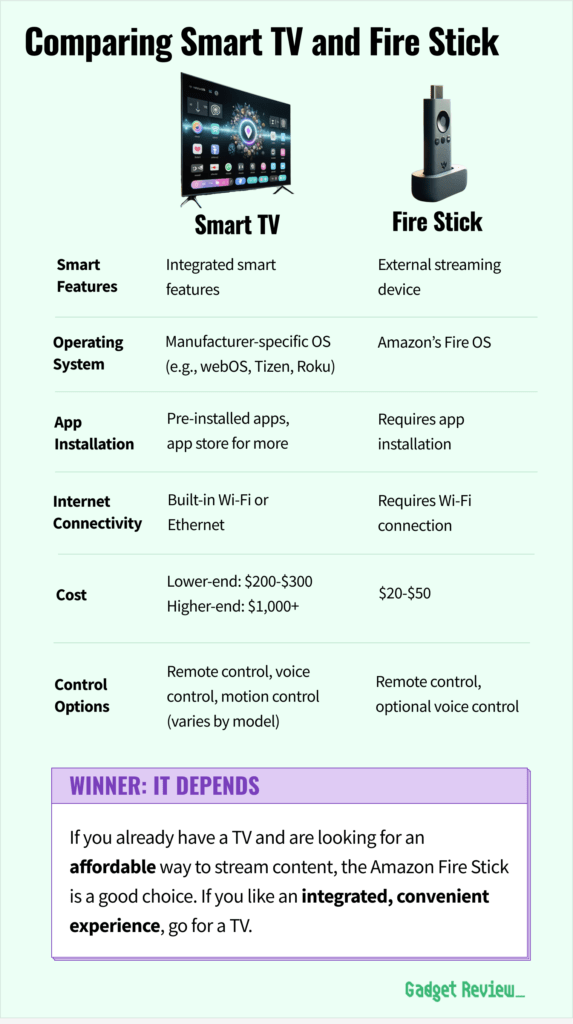
Here’s the full version of the table that covers software updates, compatibility, portability, and user interface.
| Feature | Smart TV | Fire TV Stick |
|---|---|---|
| Smart Features | Integrated smart features | External streaming device |
| Operating System | Manufacturer-specific OS (e.g., webOS, Tizen, Roku) | Amazon’s Fire OS |
| App Installation | Pre-installed apps, app store for more | Requires app installation |
| Internet Connectivity | Built-in Wi-Fi or Ethernet | Requires Wi-Fi connection |
| Cost | Lower-end: $200-$300 Higher-end: $1,000+ | $20-$50 |
| Control Options | Remote control, voice control, motion control (varies by model) | Remote control, optional voice control |
| Portability | Fixed to the TV it’s built into | Portable, can be used on multiple TVs |
| Updates | Updates may vary depending on manufacturer | Receives regular software updates |
| Compatibility | Already integrated into the TV | Works with HDMI-equipped TVs |
| User Interface | Customizable and varies by manufacturer | Designed for use with the Fire TV Stick |
Compatibility & Convenience
While no extra setup is required to access online streaming services with a Smart TV, there sometimes are limitations depending on the model. Newer Smart TVs have the apps for the most popular streaming services available to them, older Smart TVs may not be able to use all of them.
Additionally, apps on Smart TVs don’t always work as seamlessly as they do on Fire Sticks, which can access an enormous variety of even fairly niche streaming services.
Fire Sticks and Smart TVs each offer some conveniences the other does not.
- Smart TV
- Lets you stream content right away and requires no extra setup.
- You can’t use its connectivity to stream from your other devices, for the most part.
- Although, you can learn how to mirror your phone to your TV if that interests you.
- Fire Sticks
- Takes some initial setup and software updates more frequently.
- Can use them on multiple devices as they’re also portable, meaning you can take your streaming options on vacation.
If you don’t know how to update your device, you can read our page on how to update a smart TV.
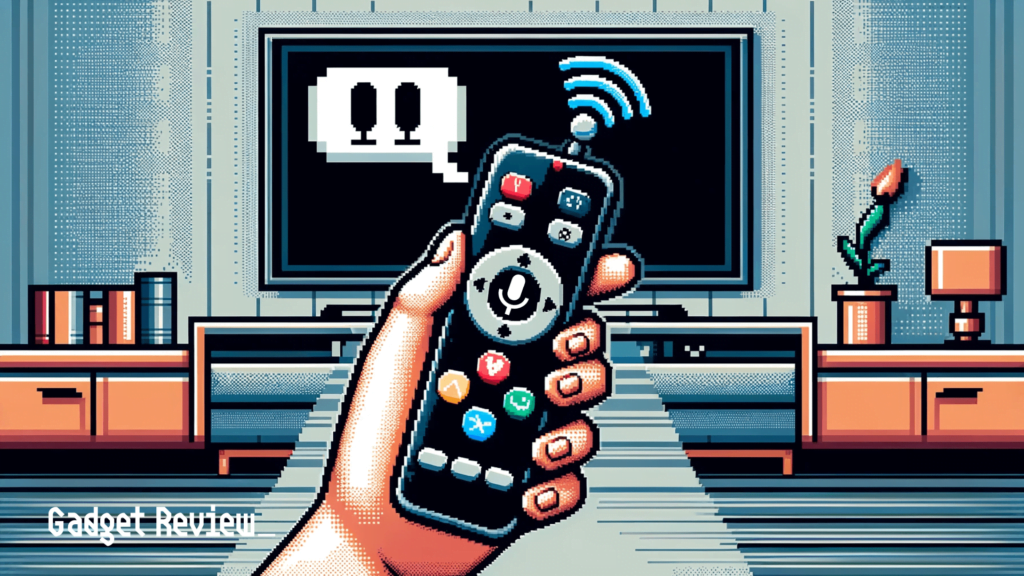
Both Smart TVs and Fire Sticks integrate with other services, too, like Google Home and Amazon Alexa, making them capable of accepting voice commands. An Amazon Fire TV, for example, comes with a single remote control that can be used to access the voice assistant.
Other Features
Both options will usually have an app store with plenty of apps and games, screen mirroring, smart home integration, and support for high-quality audio and video content.
The Fire Stick integrates seamlessly with content and features offered to Amazon Prime members, like Amazon Prime Video.
STAT: A 2016 Forbes article reported that most streaming services would rather support their app on popular streaming devices than ensure it works on every available Smart TV. (source)
Smart TV features can vary by brand and model, but in general, you will get a more customizable interface, and some models also have built-in tuners so that you can watch OTA (Over-the-Air) channels.
Cost
For those on a strict budget, the Fire Stick is clearly the better option, with the streaming device costing around $30 and a decent HDMI cable costing around $10.
Smart TVs, however, come at a wide range of price points depending on size, brand, and features, but finding even a smaller entry-level model will run you $350-450.

